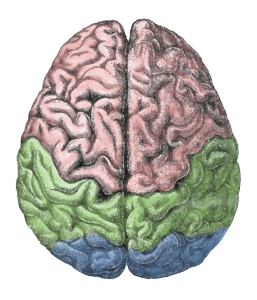Adolescent Anxiety
Teens and tweens are an anxious bunch. It is well-known and well-documented that many kids struggle with anxiety disorders and many are medicated for them and treated individually. Unfortunately, their brains are primed to be ruled by their emotions during this time, but it is possible to help them understand anxiety and begin to tame it. Because it is so prevalent (more than 20% of teens experience significant anxiety), we can harness the power of groups to help kids this age find solutions.
Anxiety thrives inside our heads. The nagging thoughts we have often grow bigger as they rattle around in our brains, reminding us how scary the world is and how unprepared we are to deal with it. But often, when we verbalize those thoughts we can see them for what they really are and realize that they aren’t rooted in reality. That is the power of groups. Adolescents are particularly social creatures, drawn to connect with their peers in an intense, all-consuming way. In my generation, that manifested itself in hours on the telephone every night, and today we see it with kids texting and FaceTiming each other. They rely on each other for social cues and support and we can capitalize on that to help them help each other.
By talking about anxiety as part of our curriculum, we are not only normalizing the experience for teens and reminding them that they are not the only ones who feel like that, but we are creating a network of peers that have some important tools to combat it. The exercises we teach them are rooted in the most recent brain science and mindfulness practices.
Often, when we are in the throes of an anxiety attack, we can’t rationalize or remember how to counteract it. It is important to have friends that we can draw on to remind us how to re-set our brain’s response, to give us a reality check, to reassure us that we aren’t dying. The more we practice defusing anxiety, the easier it gets, and if we can learn this as adolescents, we will be much more able to handle difficult situations as adults.
Want more information? Contact us to set up a workshop at kari@theSELFProject.com.


